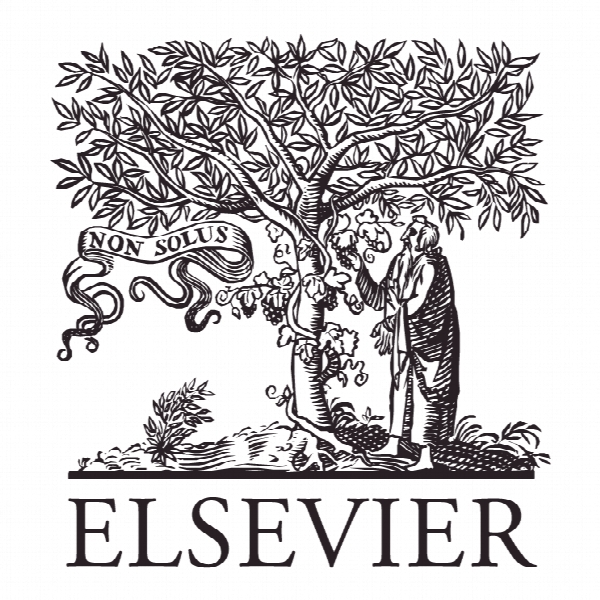لایه فیزیکی LTE: آنالیز عملکرد و سنجش LTE Physical Layer: Performance Analysis and Evaluation
- نوع فایل : کتاب
- زبان : انگلیسی
- ناشر : Elsevier
- چاپ و سال / کشور: 2018
توضیحات
رشته های مرتبط مهندسی فناوری اطلاعات
گرایش های مرتبط شبکه های کامپیوتری
مجله محاسبات کاربردی و انفورماتیک – Applied Computing and Informatics
دانشگاه Multimedia University – Malaysia
منتشر شده در نشریه الزویر
کلمات کلیدی اLTE، رزیابی عملکرد، ارزیابی، SISO، MIMO
گرایش های مرتبط شبکه های کامپیوتری
مجله محاسبات کاربردی و انفورماتیک – Applied Computing and Informatics
دانشگاه Multimedia University – Malaysia
منتشر شده در نشریه الزویر
کلمات کلیدی اLTE، رزیابی عملکرد، ارزیابی، SISO، MIMO
Description
1. INTRODUCTION Providing higher-speed data transmission has always been the most concerned objective of the 4th generation of mobile communication standards. That is why these standards have constantly been suffering from prohibitive cost, splintering of technology standards and lack of user interest. Evolved UMTS Terrestrial Radio Access Network (E-UTRAN) is one of the 4th generation mobile communication standards for mobile communications introduced by 3rd Generation Partnership Project (3GPP) [1]. Unlike 3rd generation standards which use CDMA technique, LTE makes use of Orthogonal Frequency Division Multiplexing (OFDM) for downlink and Single Carrier-Frequency Division Multiple Access (SC-FDMA) for uplink transmission. It has a very flexible radio interface, and its core network is called System Architecture Evolution (SAE) or Evolved Packed Core (EPC). The most serious rival for LTE standard is the IEEE 802.16e standard, which is well-known as WiMAX and was developed by IEEE [2, 3].


